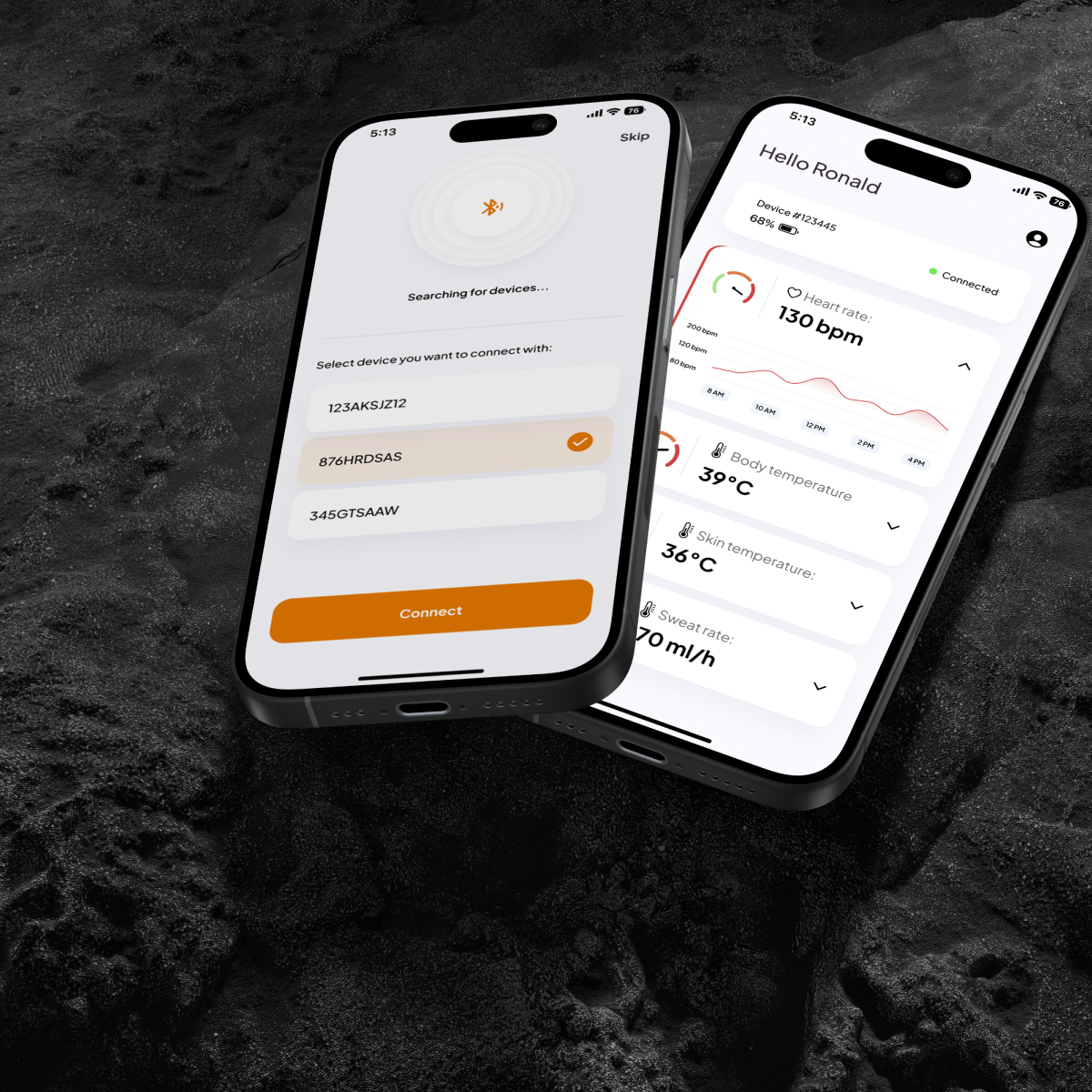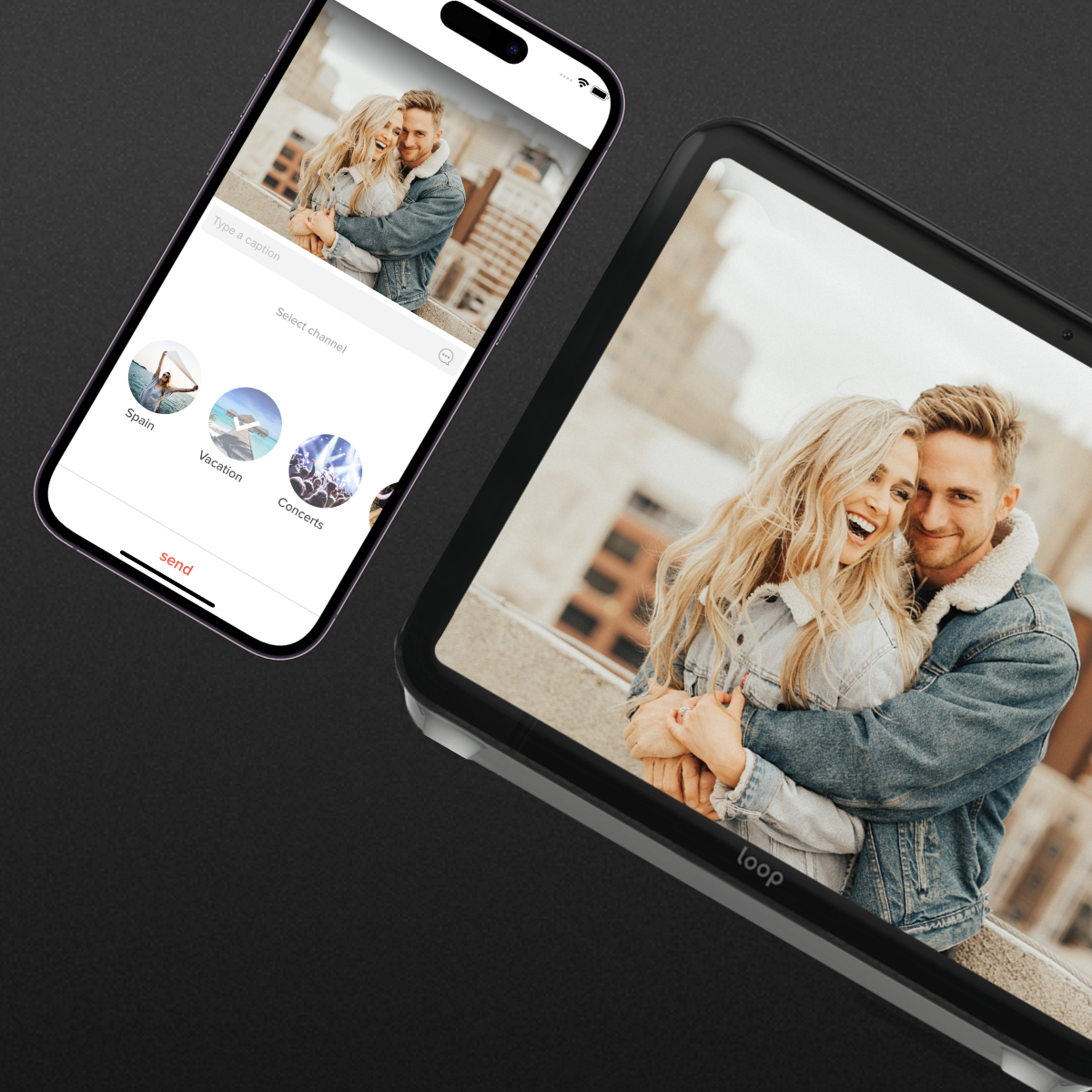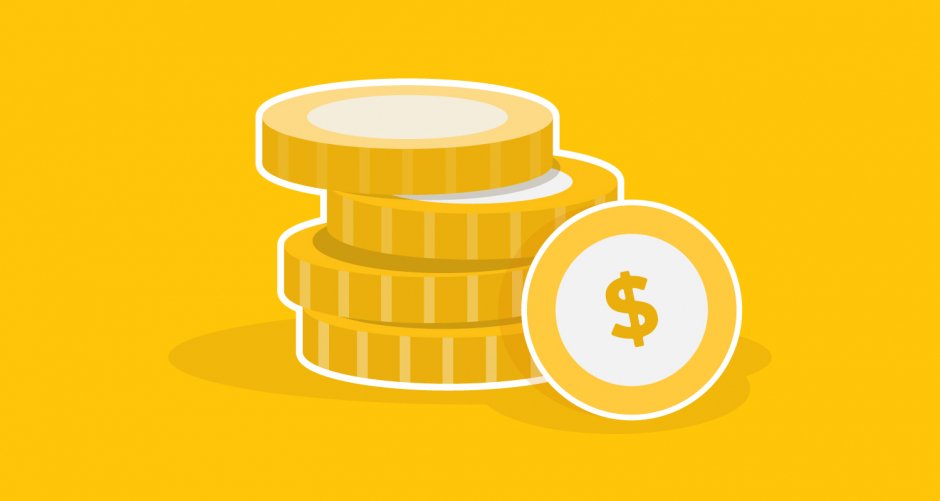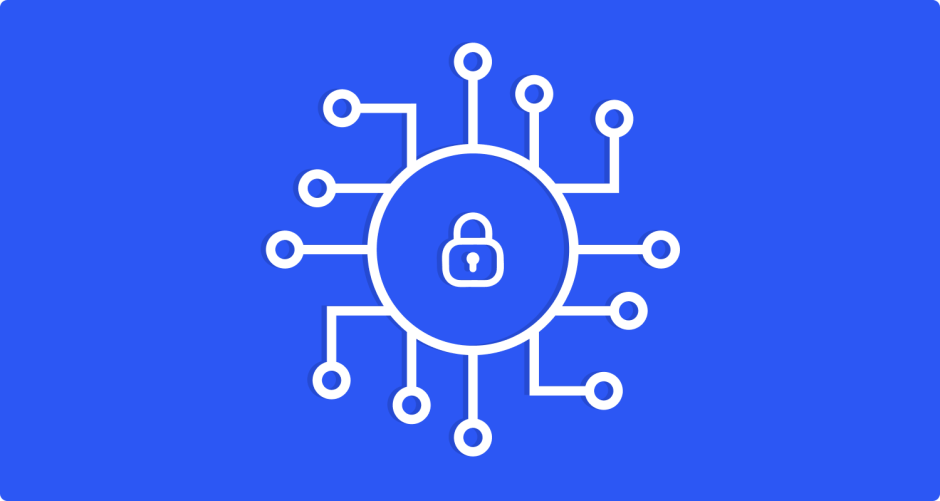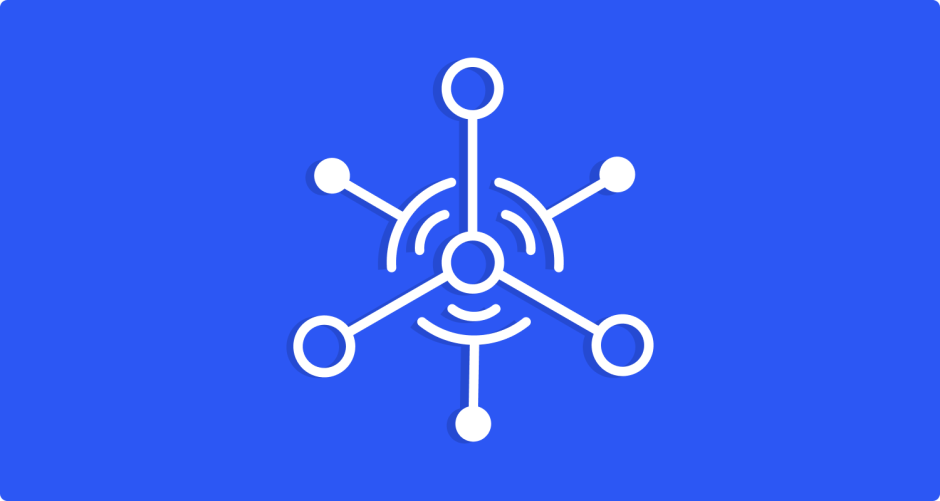How to develop an IoT app? Development teams responsible for building an IoT mobile application usually follow this sequence of steps designed to eliminate errors and accelerate the development process.
1. Be aware of the unique IoT requirements
Before building an IoT app, you need to consider a few things first:
- Security – devices that will be collecting and transmitting data in your network might be subjected to data breaches. That’s why security and data protection need to become your primary focus – in terms of both hardware and software.
- Data streaming – your network might include hundreds of devices connected to each other. They might end up transmitting high volumes of data. That’s why your IoT app needs to be capable of fast data streaming.
- Data management – to manage a complex IoT system, you will need a set of management tools that can be developed together with the software solutions or as individual elements.
2. Develop and refine your app idea
Before starting a time-consuming and expensive development process, you need to have a clear idea about the app you want to build. Decide on elements such as industry requirements, key functionalities, access modes, alerts and notifications, and user dashboards. To achieve the best results and eliminate issues before they become big problems, develop a prototype or Minimum Viable Product (MVP) and test it with users to see what they think before building the full version of your product.
3. Find the right hardware
Depending on the industry, you might have to dedicate more or less time to choose the right hardware for your IoT implementations. Devices intended for IoT usage have a few key features in common such as low power consumption, wireless data transmission, and embedded operating system (OS). Naturally, the best way to do this is by hiring an expert who will help you to navigate between various choices of IoT hardware.
4. Make the decision about data storage
For your IoT system to work smoothly, you need to find the right centralized data storage. This is where you’ll be collecting, processing, and analyzing data. Cloud-based platforms are a great fit here because they enable data transmission even if the connection isn’t that great.
5. Choose the cloud platform
Global IT companies offer several solutions to help in IoT development:
Amazon Web Services provides a wide range of services that include file hosting, cloud computing, and excellent security.
Azure IoT Suite is another helpful tool that enables developers to integrate the collected information with the devices and offers a robust cloud architecture for handling great volumes of data.
Oracle IoT, one of the leading software solutions for creating IoT applications, offers features such as device virtualization, fast data exchange, convenient management, Rest API support, and more.
6. Development
At this point, you’re ready to start the development work. When building IoT solutions, teams usually start with backend development. The main goal at the beginning is creating an optimized algorithm that solves routine tasks, as well as all of the key features of your app. Next, it’s time to focus on frontend development and build an attractive and functional user interface (UI) for your end-users to enable interaction. Build an intuitive interface with easy navigation to boost the popularity of your app.
7. Testing
It’s smart to engage Quality Assurance specialists already at the stage of developing the application. However, once your app is ready, you can also show it to a selected group of beta testers who will verify that everything works. The feedback of these users is critical to the success of your app – it will give you an opportunity to implement changes and improve your product before the official launch.
